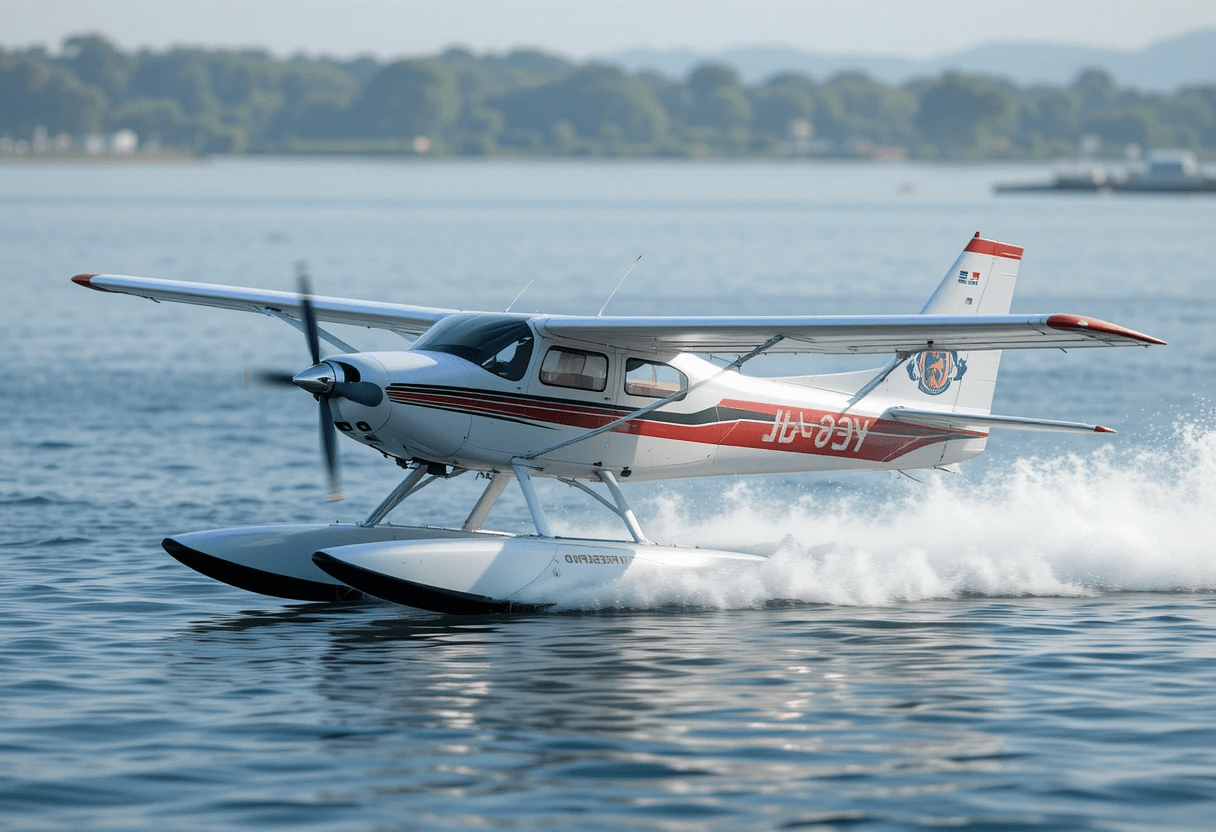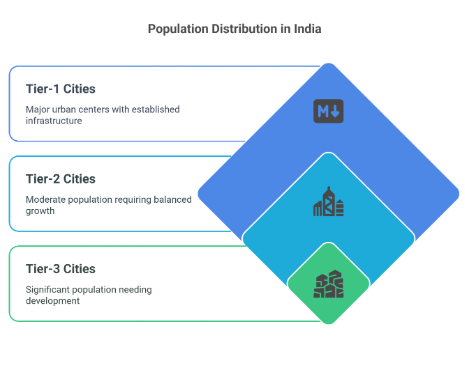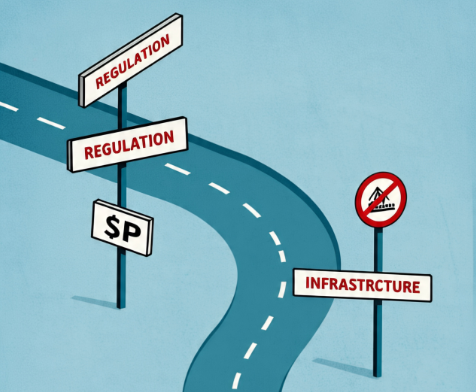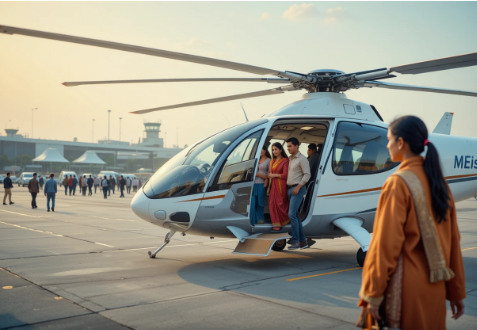- By kailasa.ai2024
- June 4, 2025
- Comments (0)

India’s aviation sector is undergoing a major transformation, and air taxi services are poised to play a pivotal role in redefining regional connectivity, especially in underserved and remote areas. As the country embraces innovation in mobility and infrastructure, air taxis—once seen as futuristic—are gradually becoming a feasible part of the transportation ecosystem.
What Are Air Taxis?
Air taxis are typically small, fixed-wing aircraft or rotorcraft (including eVTOLs—electric vertical take-off and landing vehicles) designed for short-haul routes, often with point-to-point connectivity. Unlike traditional charter flights, air taxis aim to provide on-demand, affordable, and faster transit solutions for both urban and rural passengers.
Why India Is Ripe for Air Taxi Expansion

India’s unique geographic, economic, and demographic factors present a strong case for the growth of air taxi services:
- Underserved Tier-2 and Tier-3 Cities
While metros are well-connected by air, smaller cities lack frequent or affordable air services. Air taxis can bridge this gap by operating from low-traffic airstrips, helipads, and UDAN-enabled regional airports.
- Government Push for Regional Connectivity
The UDAN (Ude Desh ka Aam Nagrik) scheme by the Ministry of Civil Aviation is already promoting the use of small aircraft to enhance accessibility. Air taxis align perfectly with the goals of this initiative.
- Growing Middle Class and Business Travel
Rising disposable income, a burgeoning startup ecosystem, and business expansion into non-metro regions are creating demand for faster, direct air travel alternatives.
- Tech-Driven Logistics and Medical Services
Air taxis could also transform medical emergency evacuations, organ transport, and high-value cargo logistics by drastically reducing transit time.
Challenges to Overcome

An illustrated roadblock metaphor (e.g., a path with signs like “Regulation”, “Infrastructure”, “Cost”) and overlay icons for each challenge.
Despite its potential, the path forward requires navigating several hurdles:
- Regulatory Framework: Air taxis need a well-defined set of airworthiness, licensing, and air traffic control regulations.
- Infrastructure Development: While metro airports are saturated, India must invest in smaller, decentralized airstrips, heliports, and vertiports.
Affordability and Scale: Operating costs must be reduced through shared rides, efficient route planning, and partnerships with state governments or private operators.
The Role of Emerging Technologies
Electric aircraft, drone technologies, and AI-based scheduling platforms are enabling cost-effective, environment-friendly, and digitally managed air taxi services. India has already seen prototypes and pilot operations from startups in cities like Bengaluru and Mumbai.
The Road Ahead

The Indian air taxi market is still in its early stages but holds immense promise. With strategic public-private collaborations, supportive regulations, and sustained investment in infrastructure, air taxis could soon become a part of everyday mobility—transforming how India flies, especially beyond its big cities.
